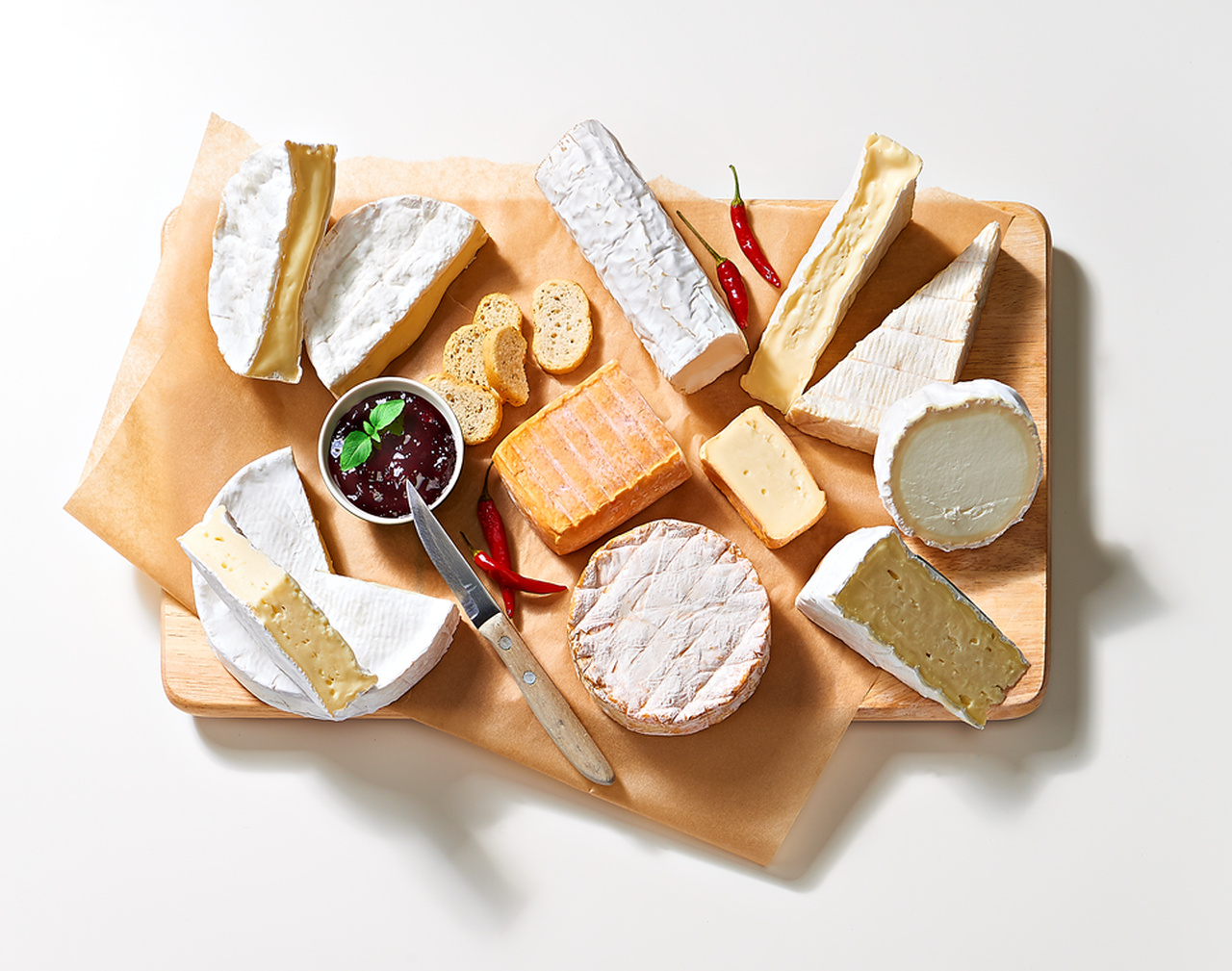The world of cheese is a journey through flavors, textures and traditions. Properly served, it can be the star of a gathering, an excuse for long conversations and a culinary experience in itself. On the occasion of International Cheese Day, Dominika Reich, sommelier, taster and owner of The House of Cheese deli, shares her knowledge of the art of serving cheese. As an expert with more than a dozen years of experience gained from training courses throughout Europe, she offers proven solutions to help turn an ordinary cheese board into a composition that will delight both the eyes and the palate. This guide will take you through all the stages of serving cheese – from choosing the right kinds, to preparation, cutting and combining them with accompaniments.
Temperature and time – preparing the cheese for serving
Take the cheeses out of the refrigerator about 30 minutes before you plan to serve them. This simple step is of great importance – it allows the cheeses to “breathe” at room temperature, allowing them to release their full flavors. Soft and moldy cheeses will take on the right creamy texture, even becoming slightly liquid in the case of the most mature varieties.
The art of slicing – different techniques for different cheeses
– Soft cheeses (brie, camembert, munster, roquefort)
These delicate cheeses are best cut into triangles, guiding the knife from the center to the edge. The resulting pieces look best arranged in the form of a fan. Remember to slice soft cheeses first, preferably immediately after taking them out of the refrigerator.
– Semi-hard cheeses (young gouda, emmentaler, morbier, taleggio)
Cut cheeses such as young gouda or emmenthaler into bars or smaller triangles, the way you cut adjusts to the size of the piece.
– Hard and long-ripened cheeses (Parmesan, aged cheddar, gruyère)
These intense-tasting cheeses are best cut into regular cubes. Very hard varieties, matured for more than 2 years (such as Parmesan or aged Gruyère), you can break according to their natural, often already crystallized structure, obtaining irregular, characterful pieces.
Cheese knife set
Using separate knives for different cheeses helps preserve the original flavor and prevents them from mixing flavors. A good cheese set usually includes several specially designed blades – from thin ones for soft cheeses, to knives with holes for semi-hard ones, to sturdy ones for hard long-matured ones. With the right tools, slicing becomes easier and presentation gains an elegant touch.
Composing the perfect cheese board
– A classic cheese board should include one soft cheese, one hard cheese, one blue cheese, one goat cheese and one sheep cheese, ensuring a variety of flavors and textures.
– Alternative: a board consisting exclusively of goat or sheep cheeses, but with different textures – from cottage cheese and cream cheese, to cheese with white or blue mold overgrowth, to semi-hard and long-ripened cheese.
The right additions can take cheese tasting to the next level. Some combinations have become classics for a reason – the contrast of intensity and sweetness creates a fascinating harmony of flavors. Creamy brie or camembert goes wonderfully with pear marmalade. Goat cheeses gain depth in the company of fresh or dried figs. Hard, long-ripened cheeses are perfectly complemented by jams of dark fruits, such as cherries or berries. It is worth reaching for dried dates, apricots or prunes. Nuts and almonds, especially in caramelized versions or with truffles, introduce a pleasant contrast of textures. If you like to experiment, you can serve a cheese board with green pepper, lavender, edible flowers or chili. For adventurous tasters, there are also ready-made cheeses with non-obvious additions such as candied mango, ginger and even chocolate. These unusual combinations open up entirely new dimensions of taste experiences.
Choosing the right surface
Cheese looks spectacular on a variety of substrates. Wooden planks are a classic that always works. Natural stones like granite or marble add elegance, while black slate slabs, often used in restaurants, bring a modern, sophisticated style. The choice depends on the nature of the meeting and the aesthetic you want to achieve.





